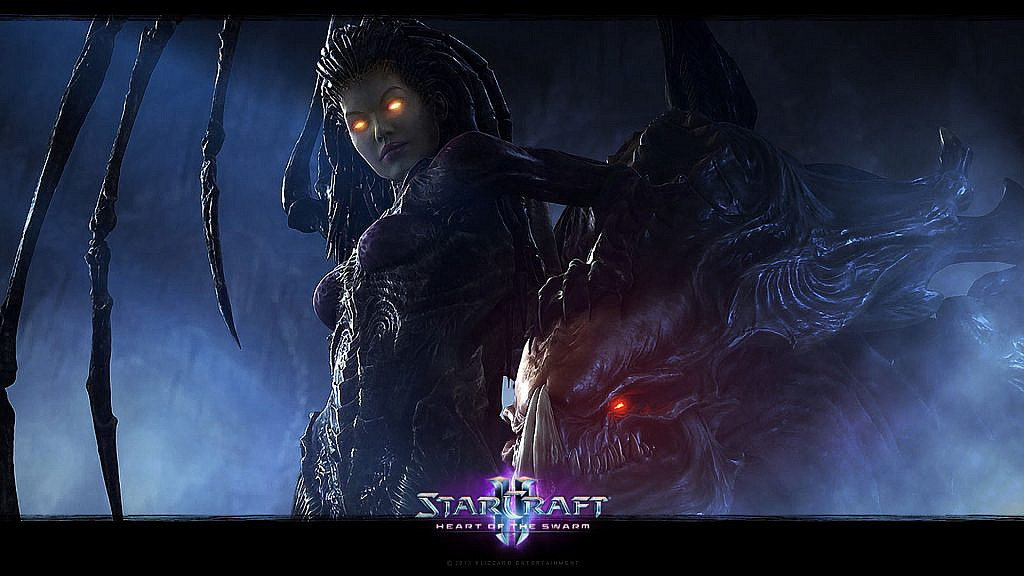In his research article Postmodern Medusa: The Monstrous-Feminine in StarCraft II: Heart of the Swarm, Gregory Blomquist discusses the monstrous-feminine character of Sarah Kerrigan in the video game StarCraft II: Heart of the Swarm. According to him, Sarah Kerrigan is a rare example of a monstrous-feminine video game character who, instead of being a villain to be defeated, is a protagonist and a player character controlled by the player. Blomquist posits that, because she is seen in a relatively positive light, and because there is an empathetic connection between her and the player due to Kerrigan being a player character, she can be seen as an argument for monstrous femininity as an empowering quality, rather than a negative, as is usually the case with depictions of female monsters in literature, film and other video games.
Providing background to her story in the game, Blomquist explains how Kerrigan, originally a human female, was infested by aliens to become more like them, eventually becoming their queen. He points out that, despite Kerrigan’s monstrous alien appendages and other inhuman body parts, she is still hypersexualized in figure and movements; her body has grown, among other things, claws and skeletal wings, yet still retains a stereotypically desirable body of a human female. In this regard, Blomquist argues, the character design still adheres to patriarchal tropes, yet precisely because Kerrigan is at once a desirable human woman and an abject alien creature, the character typifies male anxieties about femaleness. Through her alien part, Kerrigan has gained both physical and social power. She commands an army and, thanks to her skeletal wings, has the ability to penetrate and destroy her enemies, symbolically castrating them.
Blomquist goes on to expound the ways in which dismantling the power structures that have subjugated Kerrigan throughout her life furthers her agency still. The player empathizes with her as she battles the Terran military-industrial complex, as well as her old allies, who now view her as an abject monster. Because of the interactive nature of video games, argues Blomquist, they, unlike films, for instance, offer a chance to remediate the idea of monstrous-feminine. And yet, playable female monsters are few and far between in video games, whereas monstrous female villains are commonplace.
Original article:
Blomquist, G. (2021). Postmodern Medusa: The Monstrous-Feminine in StarCraft II: Heart of the Swarm. Games and Culture, 16(7), 885–906. https://doi.org/10.1177/15554120211005232
Image by: Blizzard Entertainment, 2013 https://starcraft2.com/en-us/media
More from Game Research Highlights
How do you want to do this? – A look into the therapeutic uses of role-playing games
Can playing RPGs contribute positively to your wellbeing? A recent study aims to find out how RPGs are being used …
Eldritch horrors and tentacles – Defining what “Lovecraftian” is in games
H.P. Lovecrafts legacy lives today in the shared world of Cthulhu Mythos and its iconic monsters. Prema Arasu defines the …
Are Souls Games the Contemporary Myths?
Dom Ford’s Approaching FromSoftware’s Souls Games as Myth reveals the Souls series as a modern mythology where gods fall, desires …












